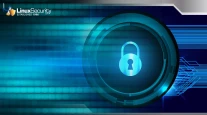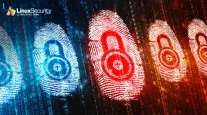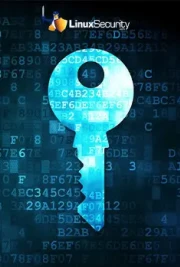Free-For-All Access To Wireless LANs
The convenience of wireless access typically comes with a high price tag. But that's changing. Some airports and hotels have begun installing 802.11 Wi-Fi networks and letting travelers use them for free. Pittsburgh International Airport, which recently completed deployment of a free wireless LAN in its food court, is expanding it to all gates. "We are the only airport in the country, and one of two in the world, to offer this as a free service to the traveling public," says Tony Gialloreto, the airport's IT manager. "It's a real asset." . . .















